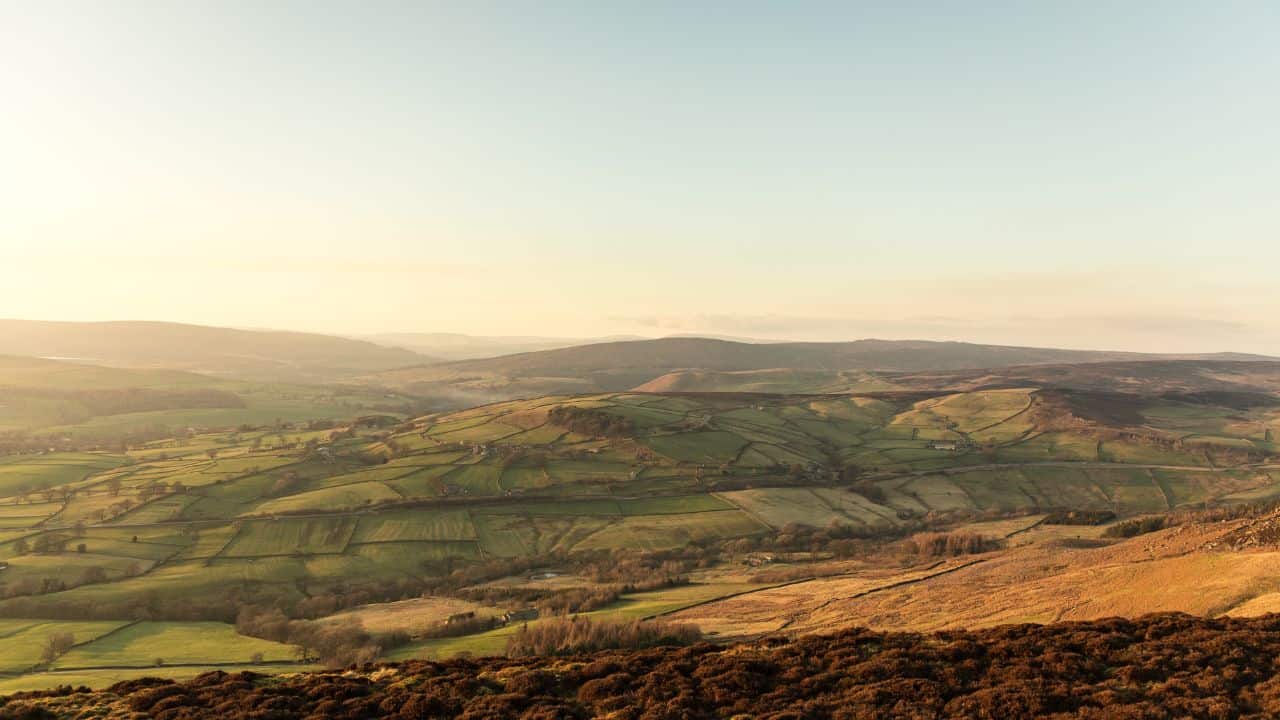Wild camping in Yorkshire is arguably the best way to experience the county’s stunning natural beauty. Hardly surprisingly, Yorkshire is one of England’s top-rated outdoor destinations, with its idyllic landscape dotted with chocolate-box villages and genuine natural wonders attracting all kinds of outdoor enthusiasts every year – campers, hikers, trekkers, mountain bikers, mountaineers, and wildlife watchers.
What enhances this scenic county’s allure is its many excellent wild camping spots. Here’s everything you need to know about the best ones.
Is Wild Camping Legal in Yorkshire?
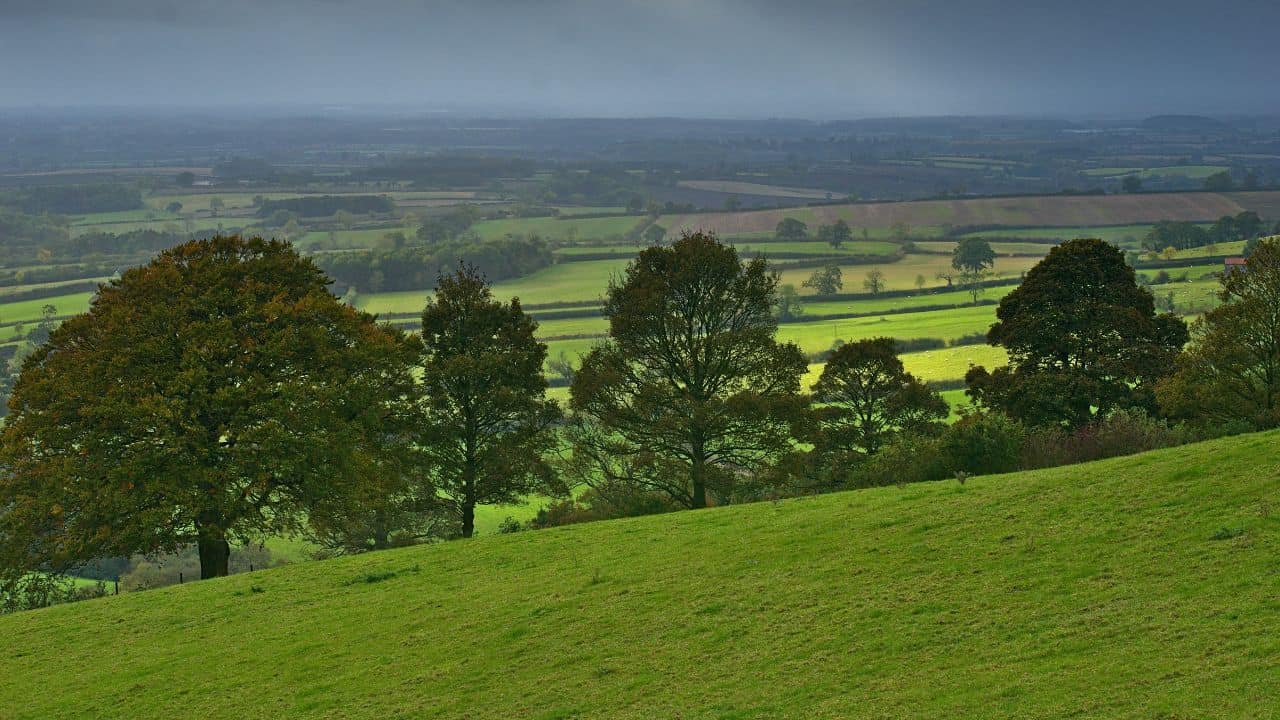
Like elsewhere in England, wild camping in Yorkshire is illegal. However, thousands of campers still do it, especially in popular hiking and walking areas like North York Moors and the Yorkshire Dales.
To be safe and avoid headaches, you’ll want to obtain the landowner’s permission before pitching your tent. If this proves difficult, avoid getting spotted by pitching late and leaving at or just after sunrise. You will also want to practise the Leave No Trace principles while wild camping anywhere in Yorkshire.
Best Wild Camping Spots in Yorkshire
The Wainstones
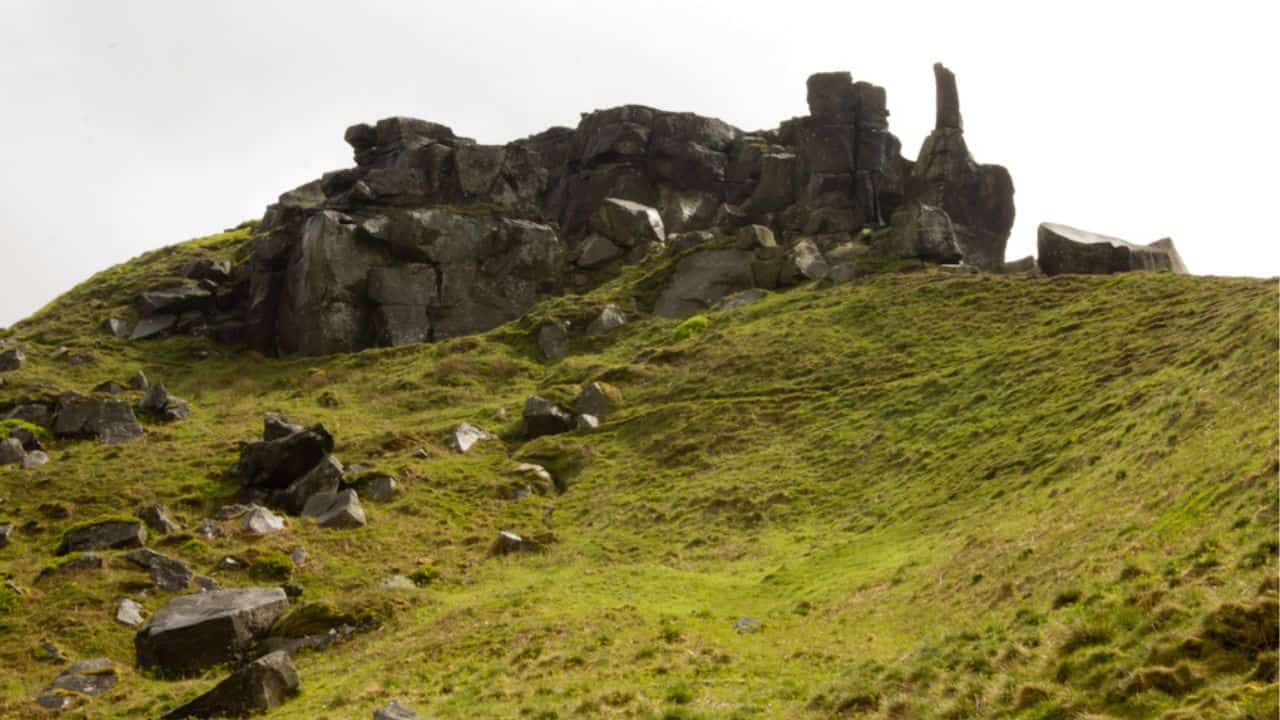
Comprising 550 square miles of natural beauty, the North York Moors National Park is home to a shimmering coastline, rolling hills, pine forests, and heather moorland. Besides stunning landscapes, there is a lot of stuff to see here: moorland crosses, ruined abbeys, and remains of pre-Roman settlements, not to mention a rich variety of fauna and flora.
One of the best wild camping spots in North York Moors is a set of towering sandstone crags called the Wainstones. This striking rock outcrop of eroded stones, known locally as “the Stones”, is one of the region’s most prominent features. It’s a popular attraction among rock climbers (look out for names carved into the rocks!) and an excellent spot for wild camping.
The easiest way to get to the Wainstones is by driving south from Middlesbrough via A172, switching to B1257 at Stokesley, and leaving your vehicle at the (free) Clay Bank Car Park 3 miles south of Great Broughton. From there, the route to the Wainstones will take you through a heather-clad moorland along some of the highest points in the region.
Malham Cove Wild Camping in Yorkshire Dales
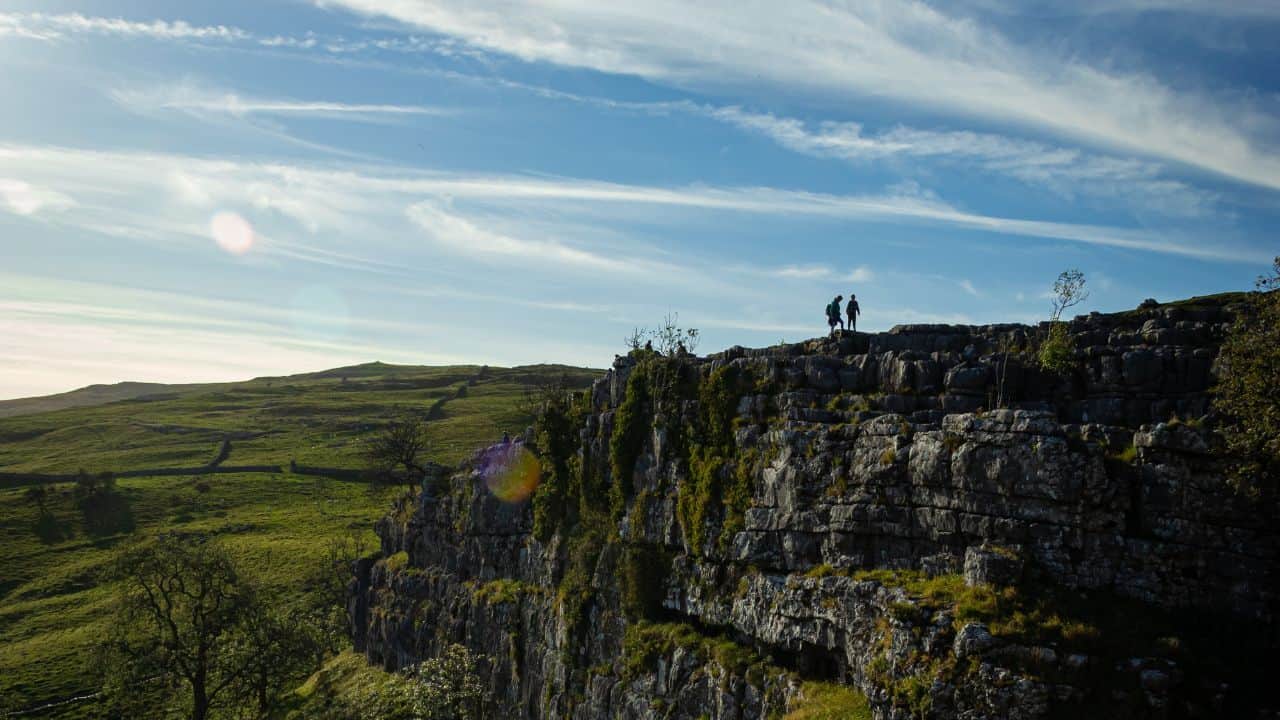
We’re moving 40 miles west of North York Moors to Yorkshire Dales National Park, yet another of this region’s breathtaking natural areas. This place has many moods: it can be quietly tranquil or wild and windswept, but it’s always gorgeous. It is home to miles of picturesque footpaths, three peaks, and countless valleys full of woodlands, waterfalls, wildlife, and charming little villages.
Malham Cove, located less than a mile north of the village of Malham, is one of the park’s best wild camping spots. This 230-foot-high limestone amphitheatre is a highlight of the region and a genuine natural wonder that has fascinated visitors for centuries. Once a magnificent prehistoric waterfall, Malham Cove is now a top-rated climbing, walking, and camping destination.
As such, it is frequented by many outdoor enthusiasts every year – you’ll want to set up camp a little further from the cove. In fact, consider pitching further north, in the Dry Valley, as doing so will give you access to all four of the most important natural wonders in this area: Malham Cove, Malham Tarn, Janets Foss, and Gordale Scar. The land between the cove and the tarn is flat, so you’ll want to use a camo tent.
Janets Foss and Gordale Scar are waterfalls. The former is suitable for swimming and the latter for climbing. On the other hand, Malham Tarn is a beautiful, crystal-clear moorland lake a mile north of the cove. It’s an excellent place for a hike, a picnic, or just admiring the view. As for wild camping, you’ll want to find a secluded spot in the woodland north of the tarn.
Gunnerside Gill
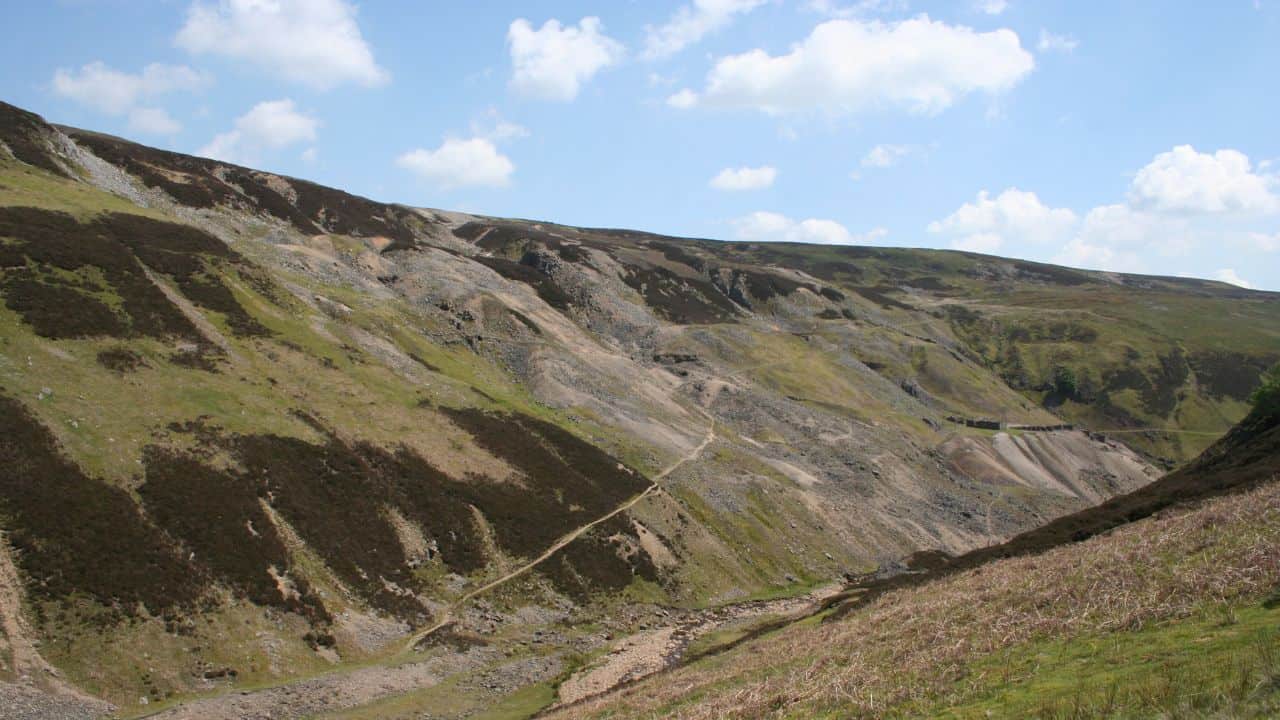
The next Yorkshire wild camping spot is also in the Yorkshire Dales, some 20 miles north of the cove described above. A small valley situated north of the village of the same name, Gunnerside Gill is famous for its ruins – remnants of intensive lead mining activities that took place here in the 19th century. If you’re a wild camper and a history buff, this place should be at the top of your list.
To reach Gunnerside Gill from the village of Gunnerside, head west from the village and take a right at the sign saying “Private road – no vehicles allowed.” This hiking path runs parallel to the Gunnerside Beck (a small brook in the valley) and will take you straight to the abovementioned ruins. Once there, you’ll have no trouble finding a suitable wild camping spot.
One particularly great thing about this place is that it’s relatively close to the highest pub in England – Tan Hill Inn. The inn is about 5 miles north of Gunnerside Gill, and trekking over rugged terrain to get there is absolutely worth it. After all, you’re guaranteed to encounter some pretty spectacular sights on your way there.
If you’d instead explore more ruins, you’ll want to head east to Old Gang Smelting Mill, yet another excellent wild camping location in the area. The ruins are pretty sizable and surrounded by hills that provide stunning views in all four directions. However, if you’re seeking truly breathtaking views, you’ll want to hike even further east to Calver Hill and the large cairn at its top.
Gaddings Dam Camping
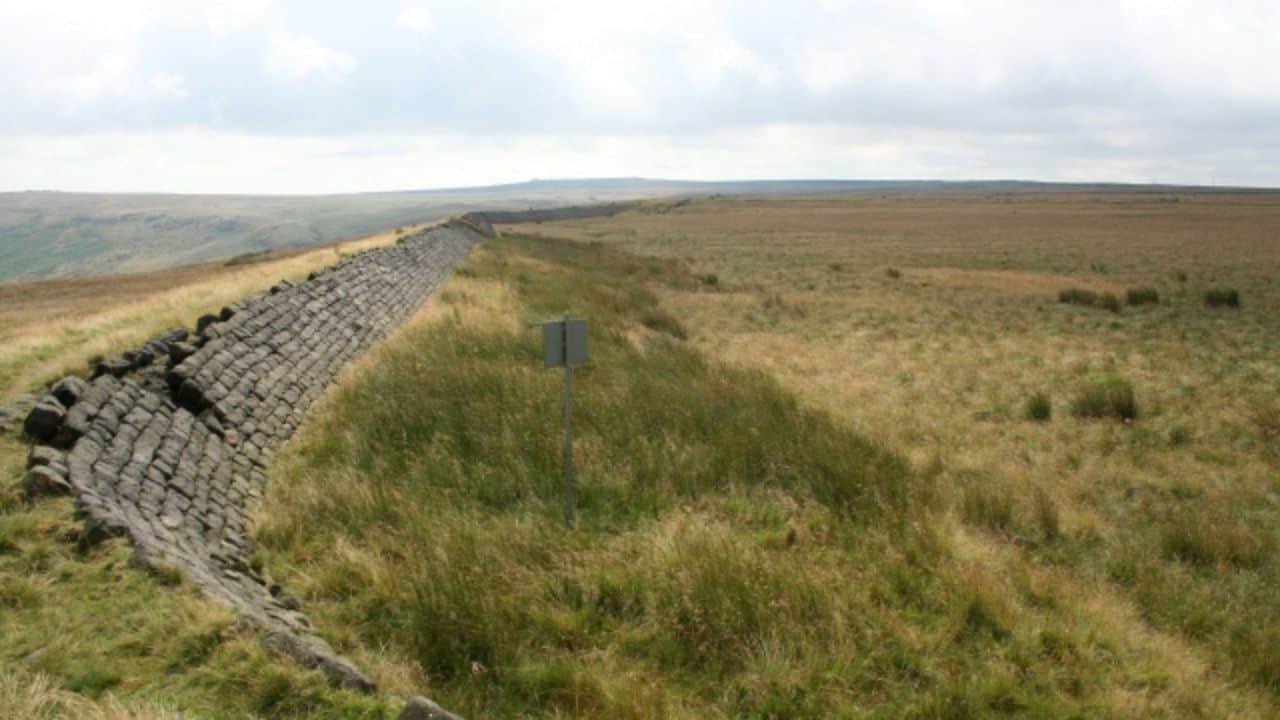
Situated halfway between Manchester and Leeds, near the towns of Todmorden and Walsden, Gaddings Dam is an excellent Yorkshire wild camping spot for those who’d like to stay relatively close to civilisation. It’s a genuinely unique wild camping location – a beach in the hills with stunning views over the surrounding countryside. This place can get jam-packed in August.
Getting to Gaddings Dam is as easy as it gets, regardless of whether you start your hike from Todmorden or Walsden. The area around the reservoir is grassy and flat – you’ll have no trouble reaching this place from any direction, and pitching a tent here is just as effortless. However, it is recommended to set up camp a little further from the reservoir to be on the safe side.
Gaddings Dam is an excellent option for outdoor enthusiasts looking to spice up their wild camping adventures with swimming. During the summer, the water in the reservoir can get pretty warm, which, when combined with the soft, clean sand of its northeastern beach, turns it into a swimmer’s paradise. Still, remember that swimming here is wild swimming, so necessary precautions must be taken.
The nearby towns are also worth checking out, especially Todmorden – one of Yorkshire’s most vibrant market towns. If you’d rather keep exploring the wilderness, visit the Gorpley Clough Local Nature Reserve just west of the town. This place is a genuine natural gem: a charming steep-sided forested valley with many majestic waterfalls.
Whernside
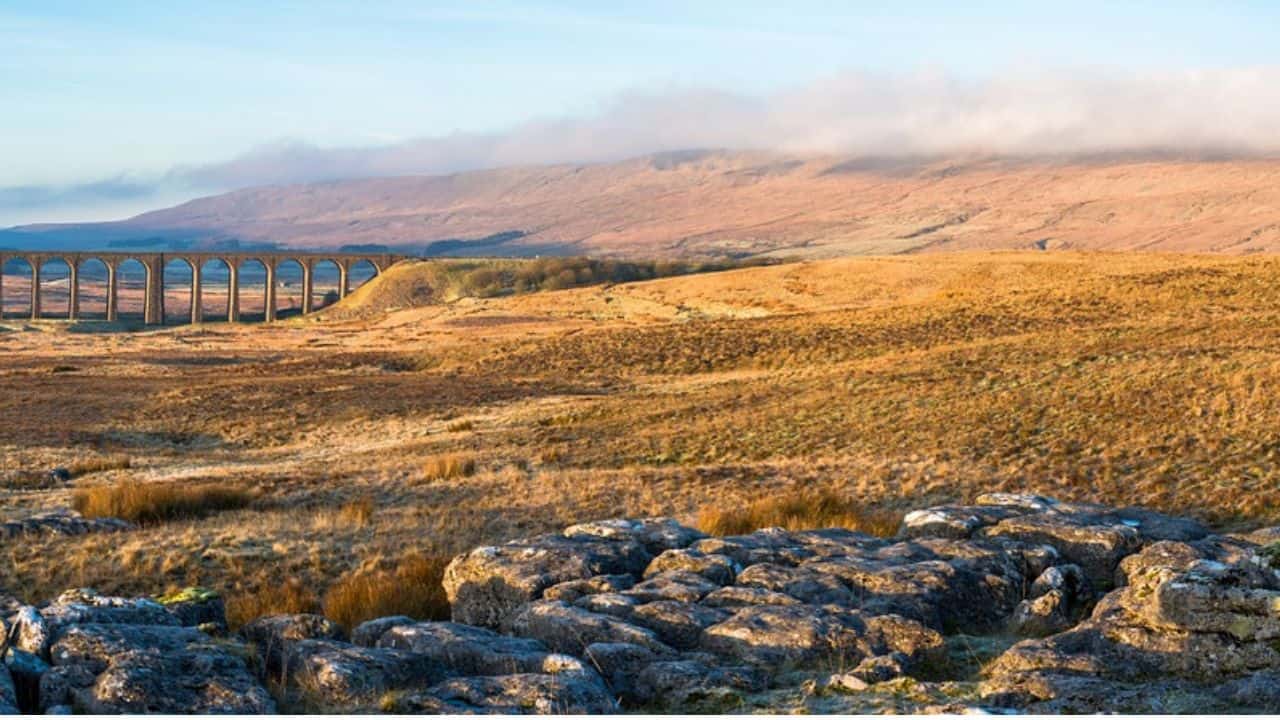
If you’re seeking a challenging wild camping adventure in Yorkshire, Whernside is a must-visit. Offering rugged terrain and spectacular views, this is the highest peak in the Yorkshire Dales and a fantastic place to spend a night under the stars. The peak can be climbed from several directions, with the best being the one below:
Start your hike from the nearby Ribblehead Station (2 miles south of the peak) and walk along the main trail until you reach the viaduct. Once you cross the viaduct, stop treading the main path and follow Force Gill’s east bank instead. On your way up along the creek, you will encounter two of the most magnificent waterfalls in the Yorkshire Dales – High Force and Low Force.
Before reaching the head of Force Gill, you must traverse a section of rugged ground, but you should be fine if you’re fit. Once at the head of Force Gill, you’ll want to reach Greensett Tarn by carefully crossing some boggy ground. From there, you’ll be able to reach Whernside and find a suitable spot to pitch your tent. Still, consider setting up camp down at the tarn if you’re coming here in the summer – the summit can get quite busy with climbers and hikers.
Unsurprisingly, Whernside makes an excellent viewpoint as it is the highest fell in the Yorkshire Dales. All along the summit ridge, you can see Chapel-le-Dale and Ribbleside in all their glory. If you’d like to take in even more stunning views of the Dales, remember that there are three additional peaks just to the west – Gragareth, Green Hill, and Great Coum. All of these provide climbers, hikers, and campers with genuinely spectacular vistas.
Ingleborough
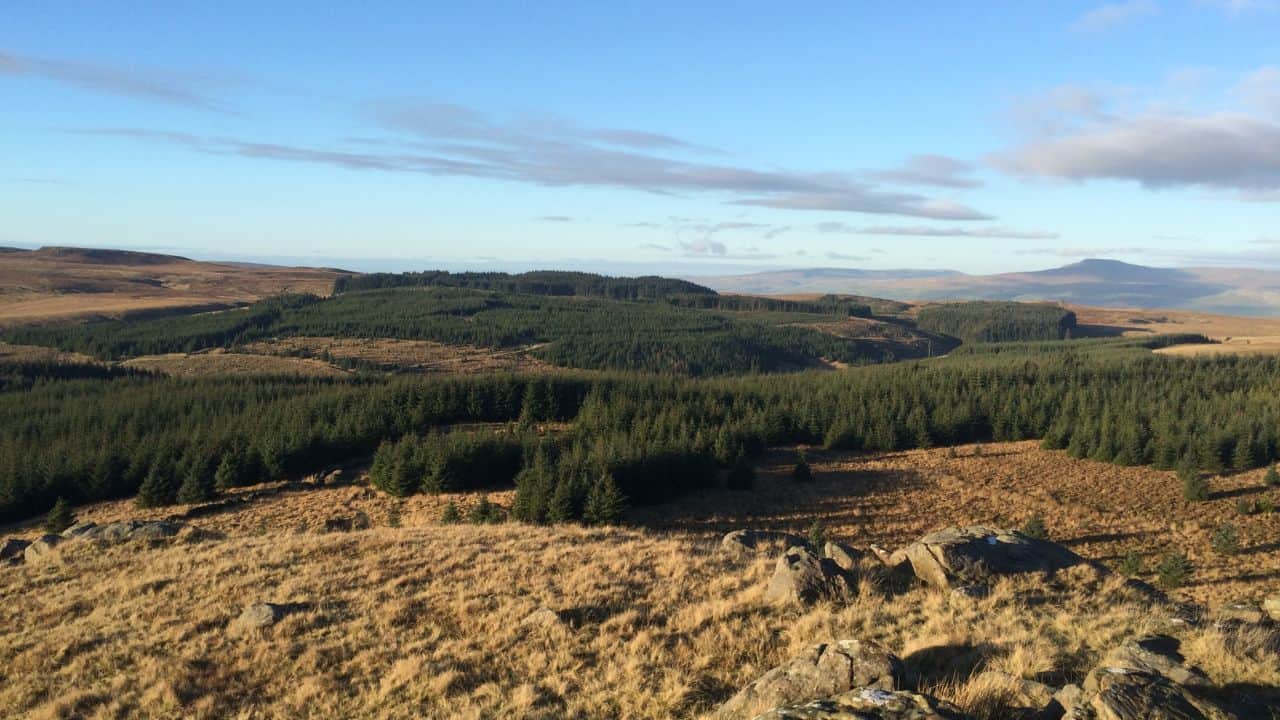
Known for its square-jawed profile and craggy ramparts, Ingleborough is one of the Yorkshire Three Peaks. As the second-highest mountain in the Dales (after Whernside), it’s yet another of Yorkshire’s top-notch wild camping destinations. Although climbing this mountain is not easy, it is definitely worth the effort.
The summit is accessible by several hillwalking routes – from Ingleton, Horton in Ribblesdale, Clapham, Newby Cote, or Hill Inn at Chapel-le-Dale. The first of these is also the most popular, with the ascent from Ingleton being about 7 miles there and back. However, climbing Ingleborough from Horton in Ribblesdale is now a route preferred by most hillwalkers – the National Trust has significantly improved it in recent years.
While you can try setting up camp near the summit, consider pitching your tent at Beggars Stile. This plateau, enclosed by a high dry stone wall and situated just southeast of the peak, is a beautiful wild camping location. The views from this place are magical (with Pen-y-Ghent on the horizon), and it’s also close to the Ingleborough route starting in Horton in Ribblesdale.
Other points of interest worth checking out in the area include Norber Erratics, Ingleborough Cave, and Gaping Gill. The cave is particularly visit-worthy – it is well-lit and allows you to follow in the footsteps of explorers who discovered this underground passageway almost two centuries ago. The two traditional pubs – the Golden Lion and the Crown – in Horton in Ribblesdale are also worth a visit.
Saltwick Bay
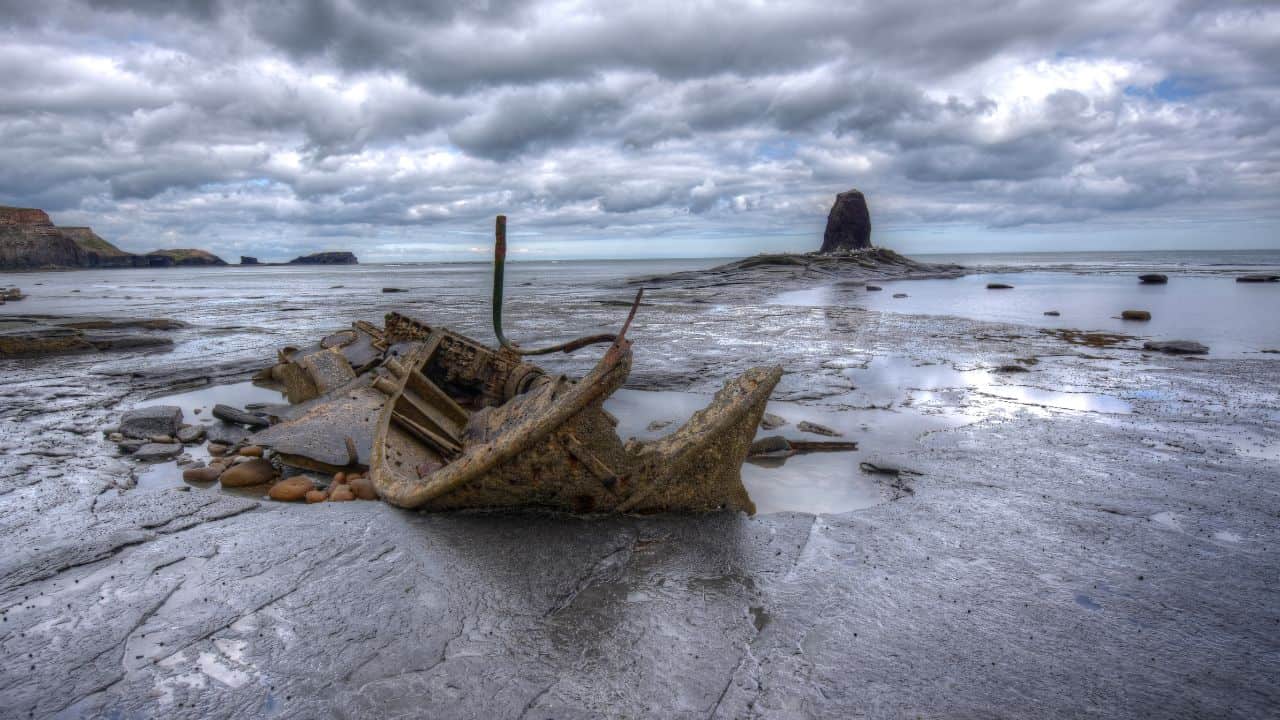
Starting at the charming market town of Helmsley and ending at the seaside town of Filey, Cleveland Way is one of England’s most famous National Trails. Although challenging in places, the trail takes walkers through some of Yorkshire’s most picturesque landscapes. There are many unique wild camping spots along the route, with Saltwick Bay being among the best.
The place marked on the map is a small and reasonably flat plateau in Saltwick Bay, a mile east of Whitby. It is located next to Cleveland Way – you only need to descend to the plateau and pitch your tent. While camping here, you will remain relatively hidden and have breathtaking views of the North Sea in three directions.
However, this is just one of many superb wild camping spots along the section of the Cleveland Way that runs parallel to the seashore. Many people consider Robin Hood’s Bay (4 miles to the south) the best camping destination. Still, finding a secluded spot there can be pretty challenging at times (not impossible, though – you have to keep looking until you find one).
If you’re not walking the Cleveland Way and want to camp at Saltwick Bay just for the sake of wild camping, you’ll want to visit the nearby town of Whitby while in the area. Its wholesome cafes, locally-owned shops, and ornate cobbled paths give the town an intriguing but welcoming atmosphere that makes it a visit-worthy destination. Check out the magnificent ruins of the 7th-century Whitby Abbey, too.
Hainworth Woods
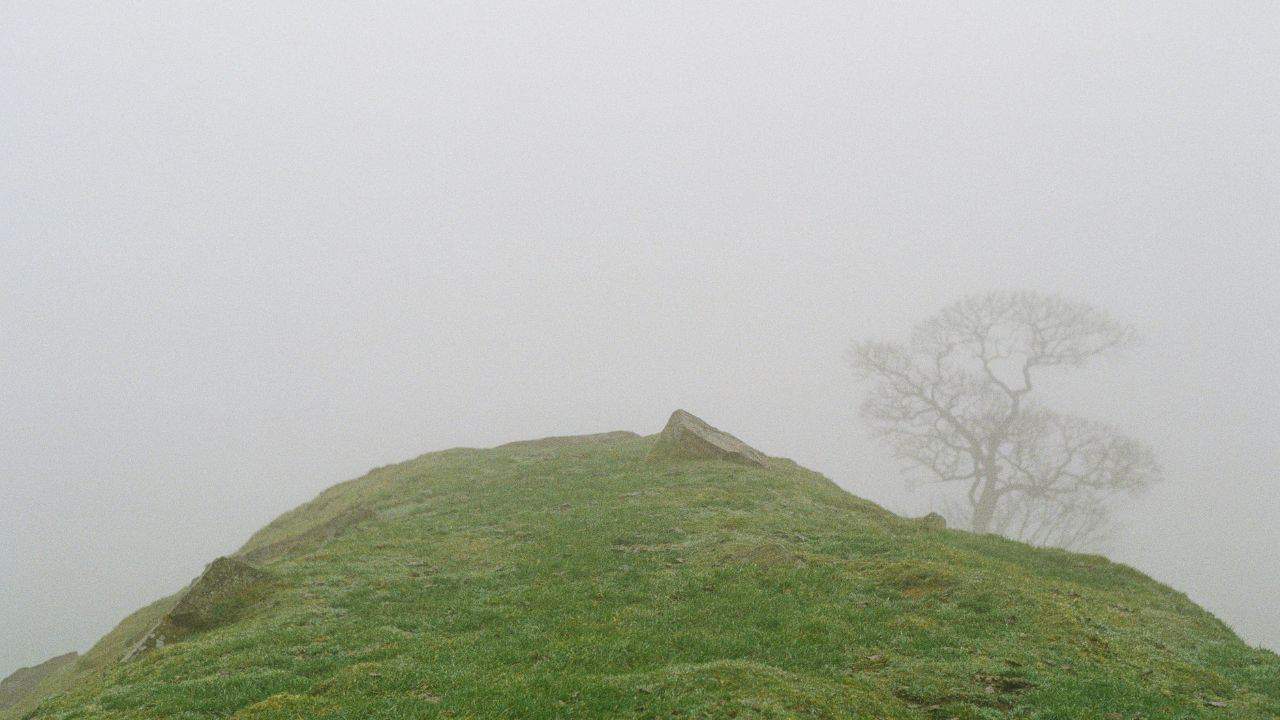
The last place on my list isn’t a wild camping location in a strict sense of that term, but it can be an excellent choice if you are looking to stay close to civilisation and have access to some basic facilities. Located in Hainworth Woods, a small forested area next to the market town of Keighly in West Yorkshire, this is a privately owned site where wild camping is allowed with the landowner’s permission (you must contact the owner before heading there).
The site consists of two clearings in an ancient woodland (with some trees over 400 years old) where visitors can pitch their tents. One particularly good thing about this place – which gives it a wild camping feel – is that visitors can pitch anywhere on the site if both clearings are full. Campers can also collect dead wood in the forest and make cooking fires.
Another great thing about Hainworth Woods is that it features a parking lot. However, only bikes and 4x4s are allowed – everyone else must park their campervans and other vehicles at the site’s entrance. Staying here will cost you only £5 per night, and kids can stay for free. You can also bring your dogs here.
Hainworth Woods has a small toilet block with three stainless steel sinks and two cubicles. Some on-site activities you can participate in include axe throwing, orienteering, air rifle shooting, archery, and learning bushcraft skills. You can easily stock up on supplies in shops in Keighly, only a few minutes from the site.
Where to Next?
The Lake District – England’s most famous outdoor destination – is west of the Yorkshire Dales National Park. Here’s a link to two of the most famous walking routes in Yorkshire, the Coast to Coast Walk and the Pennine Way.
To learn more about its phenomenal camping spots situated next to towering mountains and crystal-clear lakes, check out my ultimate guide to wild camping in the Lake District.
Other places that are within reasonable driving distance are:
- Northumberland Wild Camping
- Peak District Camping
- UK Wild Camping spots for a longer list.
Don’t forget anything, and check my camping kit list.

I love hiking, backpacking, and camping. From the Camino de Santiago to the West Highland Way in Scotland or simply a great day hike on the weekend. Hiking refreshes me, my mind, and keeps my body reasonably fit. So far I have walked three Camino routes and many other long distance hikes in the UK, Canada, and around the rest of Europe. One of the best was my hike up Ben Nevis.

